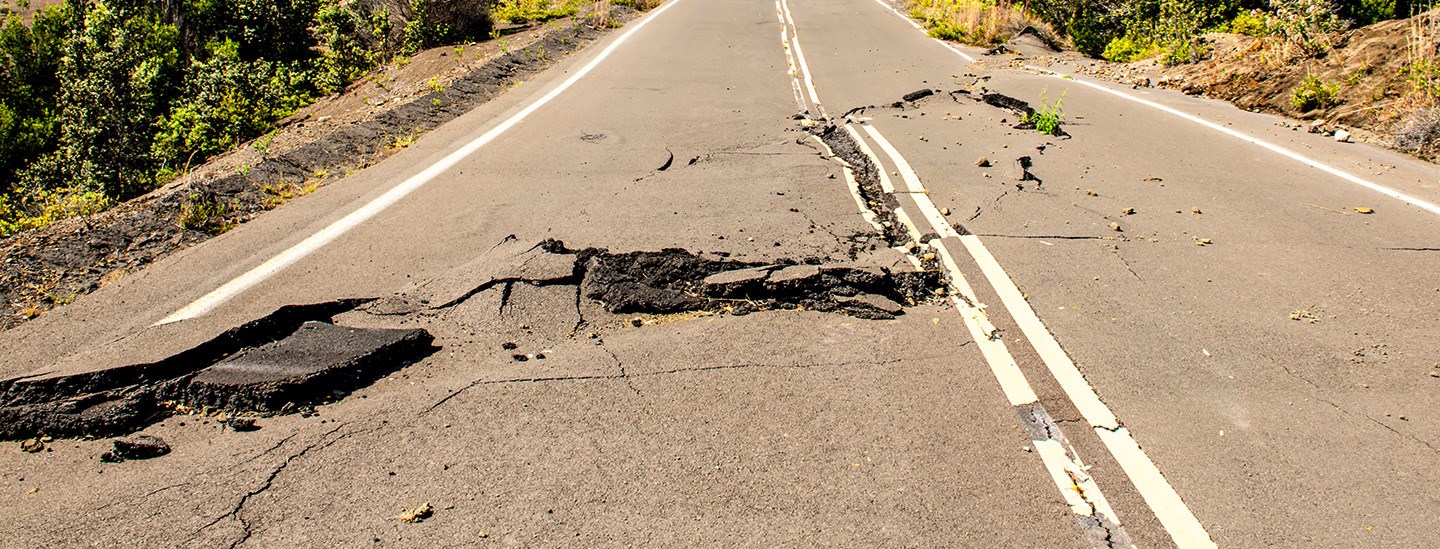Earthquakes are natural ground motions caused by the sudden release of energy along faults. The earthquake's energy comes from the stresses of plate tectonics. As the plates move, the rocks on their edges become deformed and are strained until the weakest point, a fault, ruptures and releases the strain. An earthquake's size can be measured by the amount of energy released in that movement.
While scientists aren't able to predict future earthquakes, there are earthquake early warning systems in development that can provide seconds to minutes of warning time before an earthquake occurs.
Earthquake Types
While there are a variety of earthquake types, the type of earthquake depends on the region where it occurs and the geological make-up of that region. The four types of earthquakes are tectonic, volcanic, collapse, and explosion — tectonic earthquakes being the most common. Tectonic earthquakes occur when rocks in the earth's crust break due to geological forces created by movement of tectonic plates.
Another type, volcanic earthquakes, occur in conjunction with volcanic activity. Collapse earthquakes are small earthquakes in underground caverns and mines, and explosion earthquakes result from the explosion of nuclear and chemical devices. To measure motion from large tectonic earthquakes, scientists use GPS because rocks on either side of a fault are offset during this type of earthquake.
Rating Earthquake Strength with the Richter Scale
Earthquakes are measured by the Richter magnitude scale. Developed in 1935, this equipment serves as a mathematical device to compare the size of earthquakes. The magnitude of an earthquake is determined from the logarithm of the amplitude of waves recorded by seismographs. Adjustments are included for the variation in the distance between the various seismographs and the epicenter of the earthquakes.


